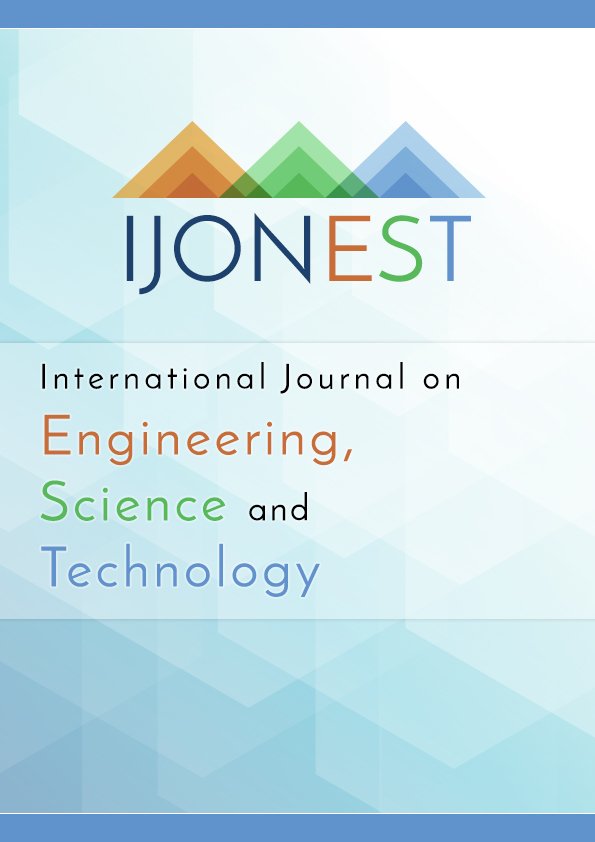Extraction of Actual Faults with Adjusting the Pixel Width Parameter to Remove Undesired Noise Pixels in the Image (RPW)
DOI:
https://doi.org/10.46328/ijonest.159Keywords:
Image Denoising, Remove Image Noise, Image Subtraction, Eliminate Pixels, Detection Line Pixels, Image EnhancementAbstract
Image Denoising, Deblurring, and Enhancement techniques are most commonly used on the images to reduce or completely remove the noise. The noisy images are not capable of perfectly using the solution of the desired problems such as object edge detection, object segmentation, and object classification. Because the edges of these objects have much bluer or more noise pixels for clearly stable detection. The main motivation of this study is to solve the problem of detection and elimination of the undesired noisy pixels on the encountered images. These noisy pixels are needed to be removed from the obtained images which are the results of throughout determined image processing steps. The main reason for this study motivation come out that to find the actual inscription fault has some noisy (undesired) pixels when extracting the true difference between the two images has been subtracted from each other. The subtracted image results are used in the inscription inspection process that controls the accuracy of the inscription quality. In the inscription inspection process, subtracted image results are used to determine the accuracy of the inscription quality. These subtracted images are formed by subtraction from each other of reference images and sample images. In these subtracted images if truly exist inscriptions faults or sometimes that could be occurred undesired noisy pixels at the same time in the subtraction process. This study focused on detecting and eliminating the undesired noisy pixels in order to reach actual inscription faults in the images. Thus, the remove pixels as width algorithm (RPW) has been developed and applied to these specified images.Downloads
Published
Issue
Section
License
Articles may be used for research, teaching, and private study purposes. Authors alone are responsible for the contents of their articles. The journal owns the copyright of the articles. The publisher shall not be liable for any loss, actions, claims, proceedings, demand, or costs or damages whatsoever or howsoever caused arising directly or indirectly in connection with or arising out of the use of the research material.
The author(s) of a manuscript agree that if the manuscript is accepted for publication in the International Journal on Engineering, Science and Technology (IJonEST), the published article will be copyrighted using a Creative Commons “Attribution 4.0 International” license. This license allows others to freely copy, distribute, and display the copyrighted work, and derivative works based upon it, under certain specified conditions.
Authors are responsible for obtaining written permission to include any images or artwork for which they do not hold copyright in their articles, or to adapt any such images or artwork for inclusion in their articles. The copyright holder must be made explicitly aware that the image(s) or artwork will be made freely available online as part of the article under a Creative Commons “Attribution 4.0 International” license.

This work is licensed under a Creative Commons Attribution-NonCommercial-ShareAlike 4.0 International License.





